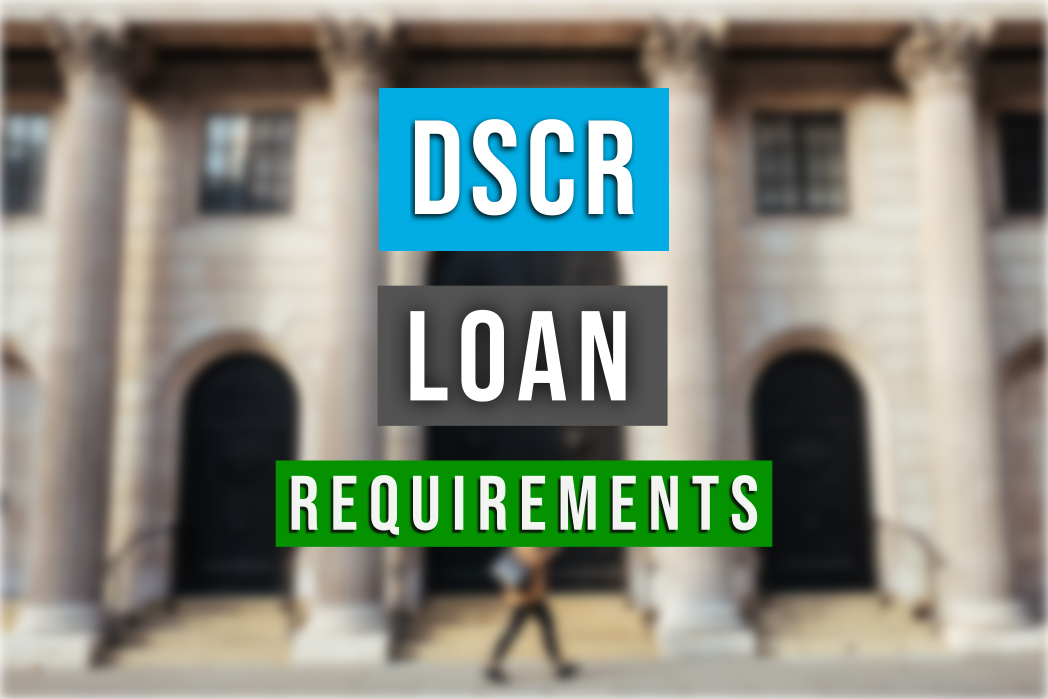Key to Succeeding in Today’s Real Estate Market
The key to succeeding in today’s real estate market is consistency. If you are consistently looking at properties, finding lenders, and doing things correctly, then you will set yourself up for success. Things have changed dramatically compared to 10 to 12 years ago. Back then, there was a whole generation of investors who had an easier time navigating the market. They had lower rates, property values increasing, and lenders were throwing money at everyone. Nowadays, everything is tightening up. Lenders are disappearing, and those who are still lending are becoming more selective. It is imperative that investors stand out in this market and set themselves up correctly. In doing so, investors will get the best deals and set themselves up to win.
How the market works
When interest rates go up, people can no longer afford to buy properties. The decrease in home sales results in a plateau or even a decrease in property values. Predictions are saying that rates will go back down to 5.5% in 18 months time. When they do, people will once again be able to afford to buy properties. As things loosen things up, there will be a wave of people coming into the market and buying properties. Investors who set themselves up in this market will win in the future.
Let’s look at an example
A property that you purchased a few years ago for $400K would now sell for $350K in this current market. When the wave comes back in 18 months to two years, that same property will be selling for $450 to $500K! That’s a great return. During these cycles, many people start running away and stop buying properties. These are the times when smart investors come in and buy. If they are able to hold onto it until rates improve, then they will in turn reap the benefits of the better rates and generate greater cash flow.
Customer success story
In 2010 I helped someone buy 10 homes in a year, without him putting any money in. Back then, the properties were cash flowing $500 per month because he had bought them at such good numbers. Fast forward to 2022. He only owes on 3 of the properties and has paid off the other 7. They have all increased in both the property value and rent by 3x and even 4x on a few of the homes. In only one year he set himself up for the rest of his life. This is all because he bought when everyone else was running away.
In conclusion
Remember that consistency is the key to succeeding in this market. From finding properties, to locating lenders, and setting things up correctly, consistency will create success. This is the best market to get deals in. When rates go back down, which they will, it will create a wave of people coming into the market and buying properties. Now is the time to get ahead of the wave of success. In doing so, you will be able to take advantage of lower rates, increase your property value, and most importantly create cash flow.
Contact us today to find out more about the changing times and what you need to do to get ahead of the wave.
Watch our most recent video to find out more about the Key to Succeeding in Today’s Real Estate Market





